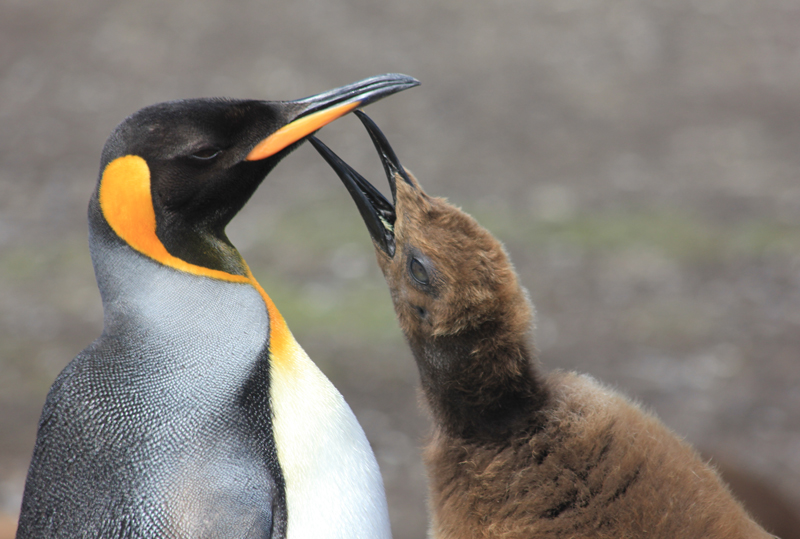 If you’re a wildlife spotter, you’re in luck in Antarctica
If you’re a wildlife spotter, you’re in luck in Antarctica
For many of us, the white continent is a big unknown. What kind of landscapes does it have? Who actually owns it? And what is there really to see beyond ice? Despite its remoteness and extreme climate, an Antarctica wildlife holiday offers a once-in-a-lifetime chance for adventure and it should be at the top of your travel bucket list. Although it’s not the most common of destinations, with its strikingly varied landscapes and incredible fauna, you can be sure that an Antarctica wildlife holiday will be unforgettable. Whether you’re a nature lover or just want to try something totally different, this could be the perfect getaway.
What can be spotted?
One of the most-spotted species in the Antarctic also happens to be one of the funniest. Penguins are so common that at some points, they cover entire glaciers! Several species of penguin can be seen in the Antarctic, including King Penguins. For those who are set on seeing Emperor Penguins, we organise dedicated expeditions that usually take place in October and November which are the months for chick observing.
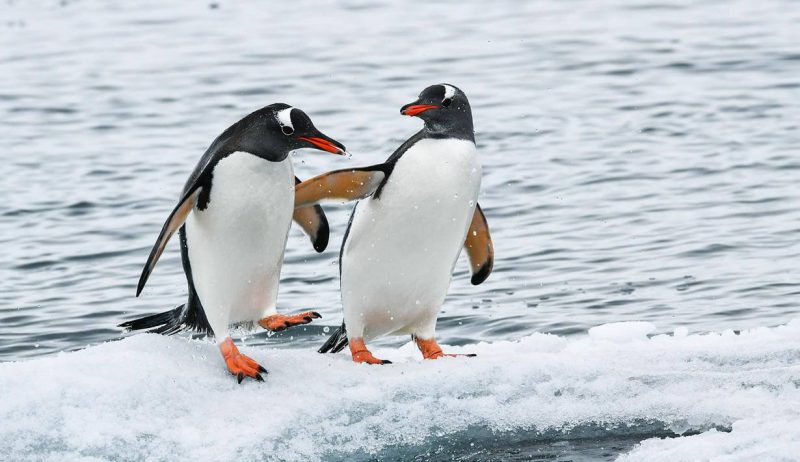
As well as penguins, dozens of species of birds live on the continent, including albatrosses, gulls and petrels, among other species. You’ll also have frequent opportunities on your Antarctica wildlife holiday to spot whales and dolphins. As they can be a rarity anywhere else on the planet, spotting one might be a once-in-a-lifetime opportunity. Humpback, Orca, Sei, Minke and Sperm Whales are often identified on our expeditions, with Hourglass Dolphins also roaming the waters.
Seals are also spotted quite frequently on our trips. Leopard, Fur and Weddell Seals make regular appearances, as does the largest Antarctic animal that you will probably spot on the ice; the Elephant Seal.
Seeing all of the animals in their natural environment is a rare opportunity, so it’s understandable that you’ll want to catch a glimpse of as many as possible.
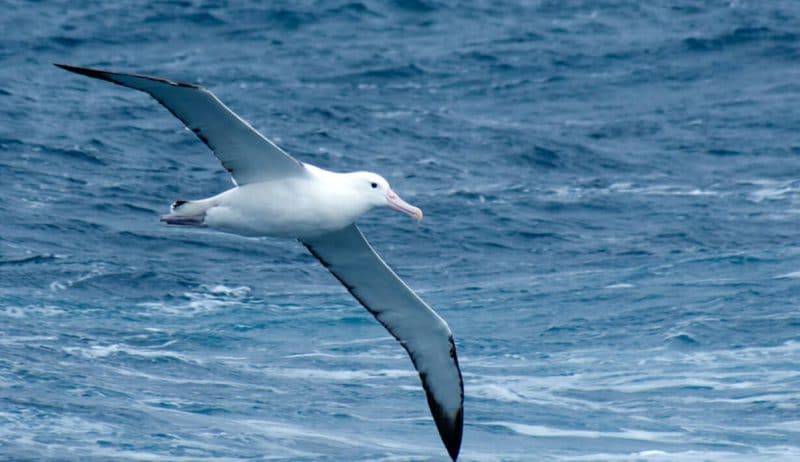
Bird Watching
No Antarctica wildlife holiday is complete without some birdwatching and with a vast array of species calling this icy place home, you’ll be in for a treat. In fact, if you’re a self-confessed twitcher, then there’s no better place on the planet! There are a total of 46 bird species in this part of the world including various Petrels, Albatrosses, Shearwaters, Herons, Ducks, Geese, Swans, Gulls, Skuas and many more. Then of course, we have the most popular feathery friend: the penguin! Penguins are the most common species of bird here, living in colonies and braving extremely harsh conditions. Of all the 17 different species, only two – the Adelie and Emperor – are known as true Antarctic birds. Whether you’re here for the penguins or a Tern, there are plenty of opportunities on an Antarctica wildlife holiday for incredible birdwatching.
Don’t Miss the …

Penguins
One of the main attractions of this out-of-the-way place is the fabulous penguins that call it home for part of the year. With 17 different species, you won’t be disappointed. You’re most likely to spot one of the following types: the Adelie, Chinstrap, King, Macaroni and Gentoo. While they’re all well equipped to thrive in this freezing world, with layers of fat and thick feathers, that’s not to say they’re all the same. They all have distinct appearances and behaviours, from racing to find the best nest (that’s your Chinstraps) to being extra speedy in the water (Gentoos can swim up to 22 mph in the water!).
If you’re visiting between spring and autumn, you’re most likely going to spot a few Adelie penguins. These birds tend to spend winter out at sea so the warmer months are the best time to see them. Similarly, King Penguins only spent part of the year in the region so if they’re on your watchlist, you’ll need to time your trip accordingly. However, wherever you go on your Antarctica wildlife holiday, you’re sure to see one of these fabulous penguin species.

Penguins
One of the main attractions of this out-of-the-way place is the fabulous penguins that call it home for part of the year. With 17 different species, you won’t be disappointed. You’re most likely to spot one of the following types: the Adelie, Chinstrap, Emperor, King, Macaroni and Gentoo. While they’re all well equipped to thrive in this freezing world, with layers of fat and thick feathers, that’s not to say they’re all the same. They all have distinct appearances and behaviours, from racing to find the best nest (that’s your Chinstraps) to being extra speedy in the water (Gentoos can swim up to 22 mph in the water!).
If you’re visiting between spring and autumn, you’re most likely going to spot a few Adelie penguins. These birds tend to spend winter out at sea so the warmer months are the best time to see them. Similarly, King Penguins only spent part of the year in the region so if they’re on your watchlist, you’ll need to time your trip accordingly. However, wherever you go on your Antarctica wildlife holiday, you’re sure to see one of these fabulous penguin species.
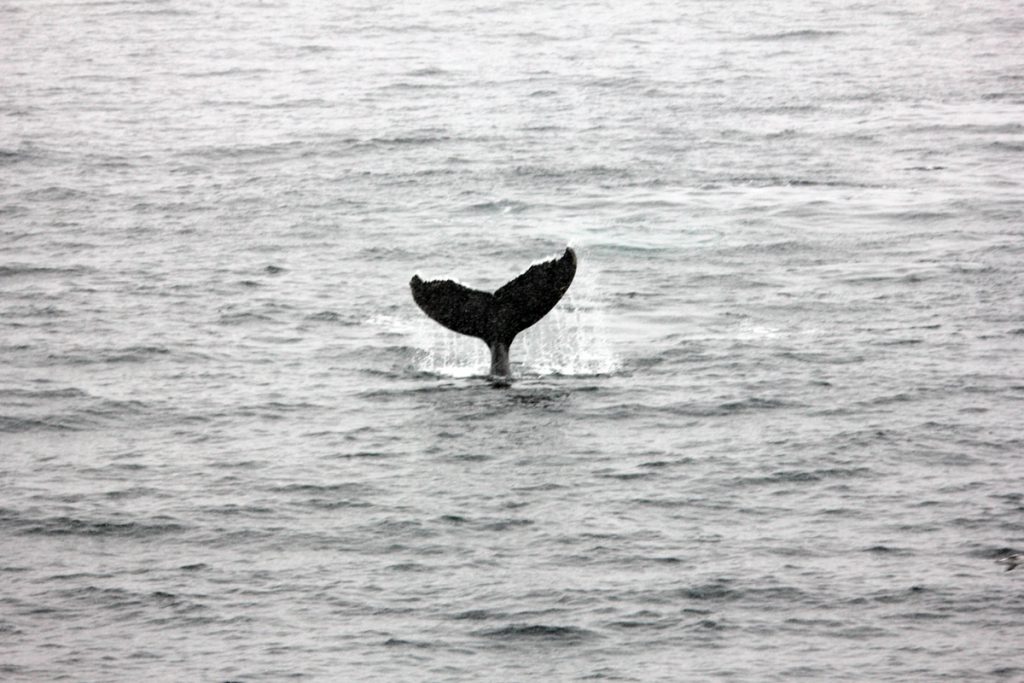
Whale Watching
Of course, the highlight of any Antarctica wildlife holiday is whale watching. This unique location offers the perfect venue for watching whales and there are plenty of opportunities to spot these amazing creatures. You can find eight different species of whale in the Antarctic, including the Blue, Humpback, Minke, Fin, Sperm, Sei and the Southern Right. The most impressive is, of course, the Blue whale, but sightings of these are rare. You’re more likely to see a pod of Humpbacks, which is still an unforgettable experience.


Science Voyages
To make your Antarctica wildlife holiday even more special, you might want to participate in one of these special itineraries that focus on aiding scientific and non-profit organisations in the studies of marine animals. You can help by working on these studies or just observing the scientists at work, but either way it’s sure to make your trip even more rewarding.
Your cruise will be very similar to any other trip, the only difference is that the scientists are working away on their crucial research, and you’ll get to witness it!
It’s also worth noting that there will be extra focus on finding the best spots for whale sightings and you’ll have the chance to discover even more about Antarctica’s marine creatures from the world’s specialists.
The Best Time to See Whales
February and March are the best times for sightings as it’s during this time of the year that whales tend to travel in large pods as they prepare to migrate north. However, they can be found during the whole cruise season, so your chance of spotting one is high. Another benefit of travelling during these months is that you could find yourself a deal on price as the high season is usually December to January.
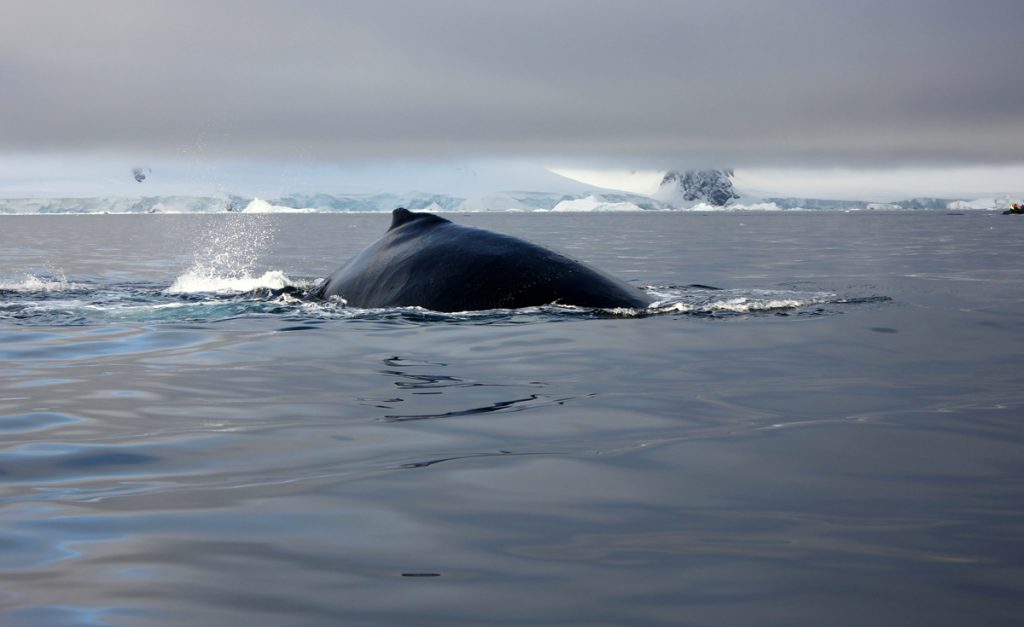
You should be able to enjoy observations from the very start of your Antarctica wildlife holiday, but your itinerary should also focus on the hotspot that is Wilhelmina Bay. It’s renowned for the number of whales that are drawn to it thanks to the abundance of krill, which they love to eat.
Don’t Miss the …
Orca
Unlike the other whale species, Orca or Killer Whales, are not baleen species. This means they are a toothed whale and, as their name suggests, are aggressive hunters. They tend to feed on fish, seals, and in some cases smaller whales. They’re known for travelling in pods and their skill at working together to hunt for prey.
Blue
We often think of this species as the king of whales – it’s certainly the biggest. Weighing 130 tons, the Blue whale is the largest mammal on our planet and it tends to feed on krill using its baleen to trap and swallow its food. Unlike the orca, they tend to travel alone through the seas. Although its population has begun to recover after nearly being hunted into extinction, it’s still rare and seeing one is unlikely.
Humpback
Out of all the whales in this part of the world, the Humpback is the most common to see on an Antarctica wildlife holiday. They are also baleen whales and wil travel in pods. On your sighting trip, you’ll have plenty of great photo opportunities. Just keep an eye out for the signature whale blowing a stream of water into the air, soon followed by the fluke or tail as it turns to dive. There’s no experience like it!
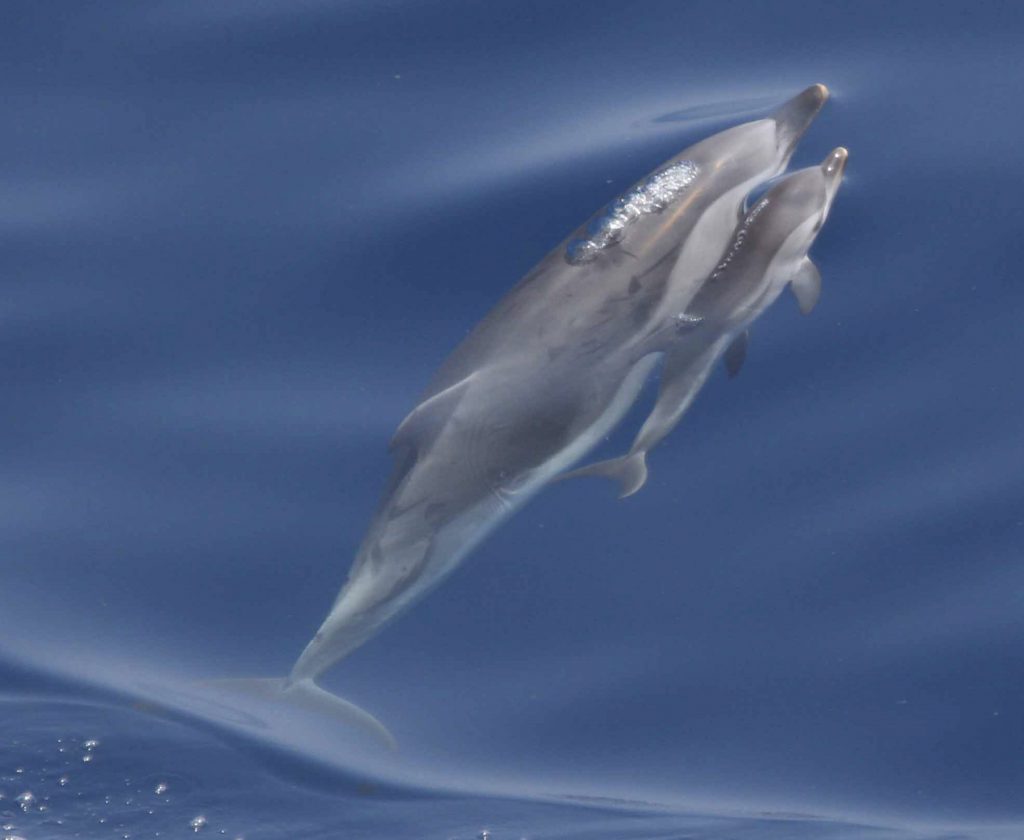
Other Marine Life
The seas here are rich in many other creatures too, all just as fascinating. As well as whales, there are three types of dolphins and porpoises too. You might not be able to spot the difference between these marine animals at the start of your trip, but once you’re out at sea you’ll soon find that enthusiasm and interest grows.
Don’t Miss the …
Dolphins
There are three species of dolphin here: the Hourglass, Commerson’s and Peale’s. While they might look very similar to the untrained eye, after spending some time in their habitat, you’ll soon develop a keen sense of which is which. These playful creatures can be spotted surfing the waves around the boat and you might even see them jumping out of the water.
Porpoise
Porpoises are distinctly different from dolphins in that they don’t have a beak. Their triangular dorsal fin is smaller too and you’ll be able to spot them in the water thanks to their colouration: black on the back and with a white belly. Scientists don’t know that much about these cute creatures but they believe they forage squid and fish.

Travel options
The choice is yours when you are considering how to make the most of your time here. Our vessels are manned by an expert polar crew and although comfort is moderate with limited facilities on board, sailing on one of these makes for the most authentic possible polar experience.
Our expedition ships are larger and slightly more homely, but for a trip with the best of both worlds, our luxury ships are a wonderful option – the wide choice of accommodation and five-star services makes for a truly amazing journey.
WILDFOOT is dedicated to ensuring that everyone who takes part in our trips does so in safety, style and comfort and that they make the most of their time here. Feel free to get in touch with us for more information on our thrilling and educational Antarctic wildlife holidays.
We recommend…
Antarctica is like nowhere else on the planet, and with extreme landscapes, a harsh climate and incredible animals, it’s the world’s best-kept secret for holidays. At Wildfoot Travel, our team of experts combine their expertise and first-hand knowledge to create itineraries that will ensure that your Antarctica wildlife holiday is a unique and unforgettable trip.

Falklands Bird and Wildlife Tour
The Falklands are a fauna paradise and this 15-day experience ensures that you get to see all that the region has to offer. You’ll visit five of the most populated islands in the Falklands archipelago, giving you the chance to see penguins, the Falkland Flightless Steamer Duck and many more. There are also seals and dolphins to spot too!
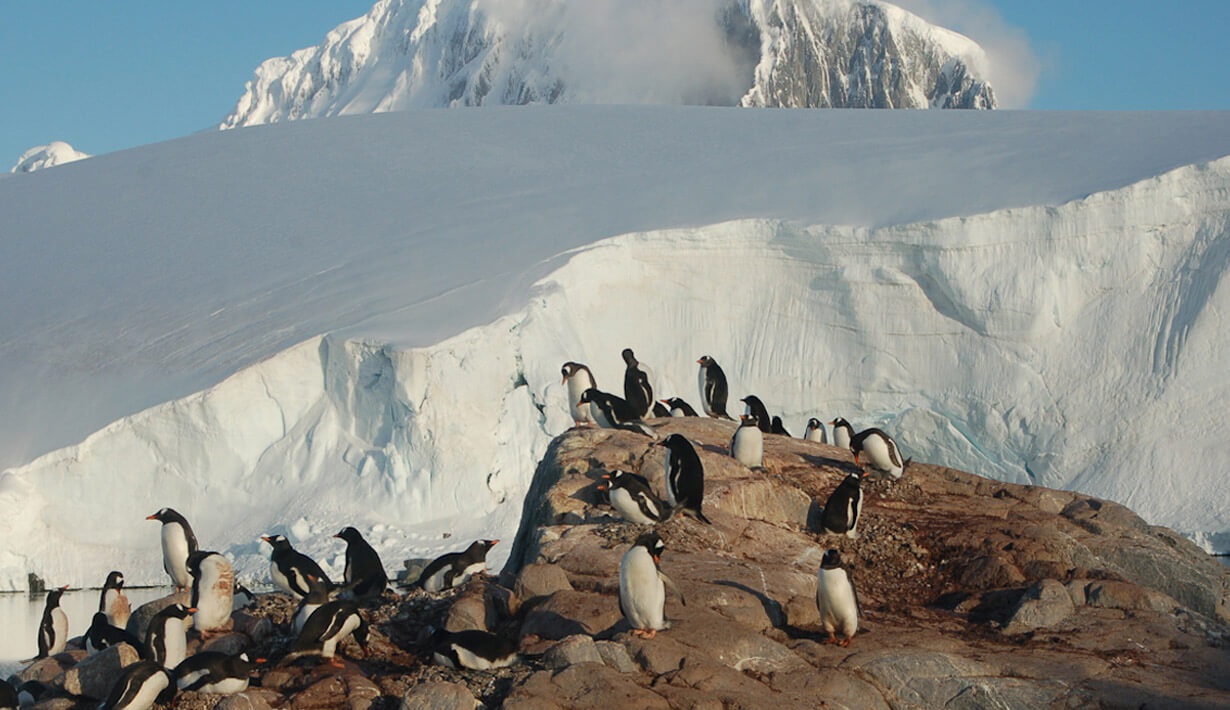
This is an Antarctica wildlife holiday like no other. After flying from Punta Arenas to King George Island, you’ll board the ice-strengthened polar vessel known as the Greg Mortimer. From here you’ll sail past huge ice shelves and into the Weddell Sea, always looking out for amazing creatures. You’ll also get to explore the Peninsula on foot, which is truly thrilling. There might even be an opportunity to spend a night camping on the frozen land.
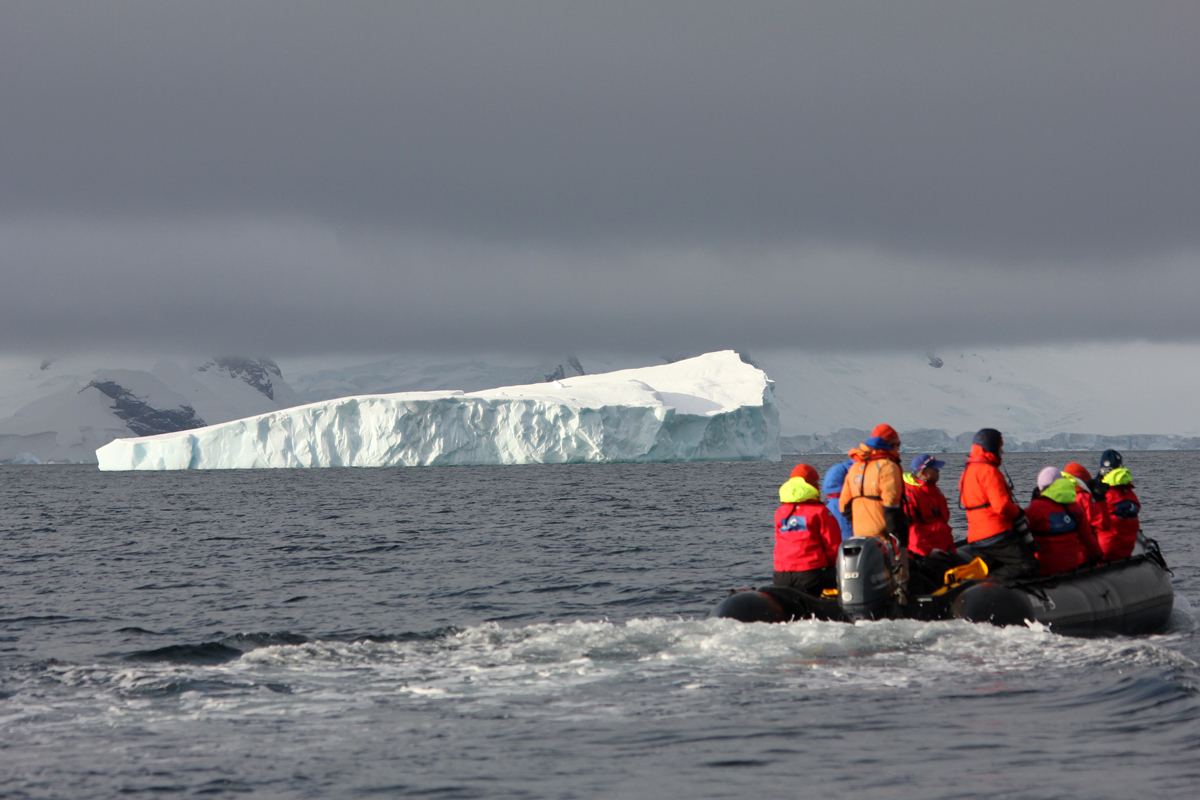
This 13-day expedition takes you to the heart of the Peninsula, with the added treat of crossing the Polar Circle. This Antarctica wildlife holiday allows you to explore the beautiful white wilderness as you look out for creatures from the deck, then go for a closer watch in the Zodiac boat.
At Wildfoot Travel we offer an Antarctica wildlife holiday like no other. Our dedicated team of experts are waiting to help you create a trip of a lifetime into the frozen continent. Contact us now to start planning your adventure!
